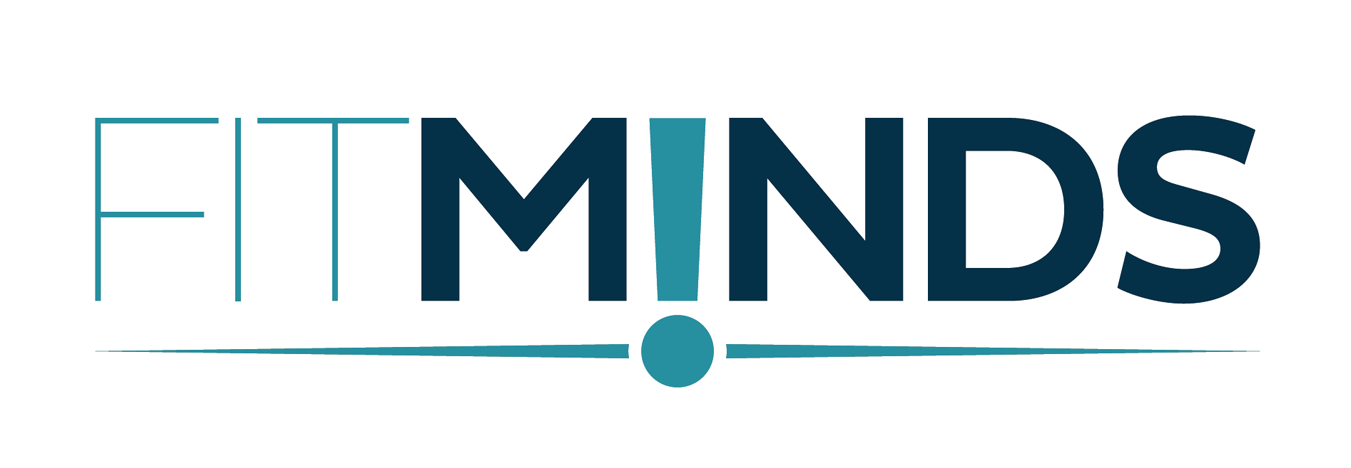In order to raise awareness about Alzheimer’s disease, the most common type of dementia, September was declared “Alzheimer’s Disease Awareness Month” by the Turkish Ministry of Health.
WHAT IS THE ALZHEIMER’S DISEASE?
During Alzheimer’s, which is defined as a physical disease of the brain, plaques and tangles develop in the brain that causes the death of brain cells. For most people with Alzheimer’s—those who have the late-onset variety—symptoms first appear in their mid-60s. Signs of early-onset Alzheimer’s begin between a person’s 30s and mid-60s. The common symptoms of Alzheimer’s disease can be listed as:
- The loss of memory
- Repeating questions
- The increase in anxiety and aggression
- Losing items
- Troubles in completing daily tasks
- Changes in mood and personality
- Poor judgment
- Poor sense of initiative

THE TREATMENT OF ALZHEIMER
For Alzheimer’s, for which there is no definitive cure, drugs have been developed to temporarily slow down the progressive symptoms. The active ingredients of Donepezil, Rivastigmine, Galantamine, and Memantine are the most commonly used substances in Alzheimer’s drugs.
The major drugs containing donepezil include:
- Nobel’s Alzancer,
- Koçak İlaç’s Alzepil,
- Deva’s Alzil,
- Pfizer’s Aricept,
- Biofarma’s Arypez,
- Ali Raif’s Dement,
- Sanovel’ s Doenza and
- Abdi İbrahim’s Dozyl.
The major drugs which contain the active ingredient Rivastigmine:
- Altigmin by Deva,
- Divasmin by Gen,
- Exelon by Novartis,
- Rimans by Genveon and
- Ristart by Biofarma
Johnson& Johnson’s Reminyl contains the active ingredient Galantamine.
THE MARKET STRUCTURE OF ALZHEIMER’S DRUGS:
Alzheimer’s drugs market or Alzheimer’s therapeutics had a market value of US $ 2.6 Bn in 2021. In the same year, the global therapeutics market was valued at the US $ 109 Bn. In this manner, the size of Alzheimer’s therapeutics in the global therapeutics market was 2.4% in 2021. The forecasts for Alzheimer’s therapeutics market indicate that the market will be valued at the US $ 2.8 Bn in 2022. According to the report of Future Market Insights, the expected valuation of Alzehimer’s therapeutics is the US $ 6.8 Bn for 2032. In the same report, the CAGR between 2022 and 2032 is calculated as 9.3%.
The prevalence rate of global Alzheimer’s disease has increased over the years. The World Health Organization (WHO) announced that 50 million individuals had Alzheimer’s disease in 2021 approximately. WHO also highlighted nearly 10 million new cases are identified each year. The research of the National Library of Medicine supported the statistics of WHO. According to their research, the projected global Alzheimer’s disease cost will increase from USD 818 billion in 2015 to USD 2 trillion by 2030.
Alzheimer’s disease is addressing a public health crisis according to many doctors. The upward trend in life expectancy, the aging population, smoking, unhealthy diets, diabetes and obesity, the changes in lifestyles, increase in heart disease and high blood pressure affect the prevalence of Alzheimer’s disease. The forecasted increase in the demand side of Alzheimer’s therapeutic drugs indicates an expected growth for the market.
The global Alzheimer’s drug market is divided into five according to the drug class which is Donepezil, Galantamine, Rivastigmine, Memantine, and Others. The biggest drug class belonged to the Donepezil class in 2021. Galantamine and Memantine were following Donepezil in the list. According to the study by Future Market Insights, Donepezil had a 68.4% drug share within the global Alzheimer’s drugs market in 2021.
The drug development process for Alzheimer’s disease is classified as a risky investment. Until now, the drugs for Alzheimer’s disease are assisting in slowing down progression and reducing symptoms. Currently, new technologies such as amyloid PET imaging, and combined PET and MR imaging are used to monitor and detect the progression of the disease. Also, biomarkers are heavily involved in the R&D process on the behalf of pharmaceutical companies to eliminate candidate drug molecules to decrease the financial risk of phase 3 clinical trials and improve the efficiency of the R&D progress. With these, the pharmaceutical companies try to reduce the risk and increase the profitability, and efficiency of R&D for Alzheimer’s disease and get benefits of the increase in the market growth.



13 comments
Pingback: buy androxal online get prescription
Pingback: purchase enclomiphene new zealand
Pingback: rifaximin canada no prescription
Pingback: cheapest buy xifaxan cheap in uk
Pingback: purchase staxyn price london
Pingback: discount avodart generic overnight shipping
Pingback: order dutasteride generic europe
Pingback: how to buy flexeril cyclobenzaprine generic health
Pingback: buy cheap gabapentin generic form
Pingback: ordering fildena price at walmart
Pingback: how to order itraconazole generic good
Pingback: kamagra z mexika bez lékařského předpisu
Pingback: kamagra avec consultation dr gratuite
Comments are closed.